|
Argynnis paphia / Silver-washed Fritillary
Pafia
Nymphalidae - Heliconiinae
Argynnis paphia (Linnaeus, 1758). TL: Sweden.
 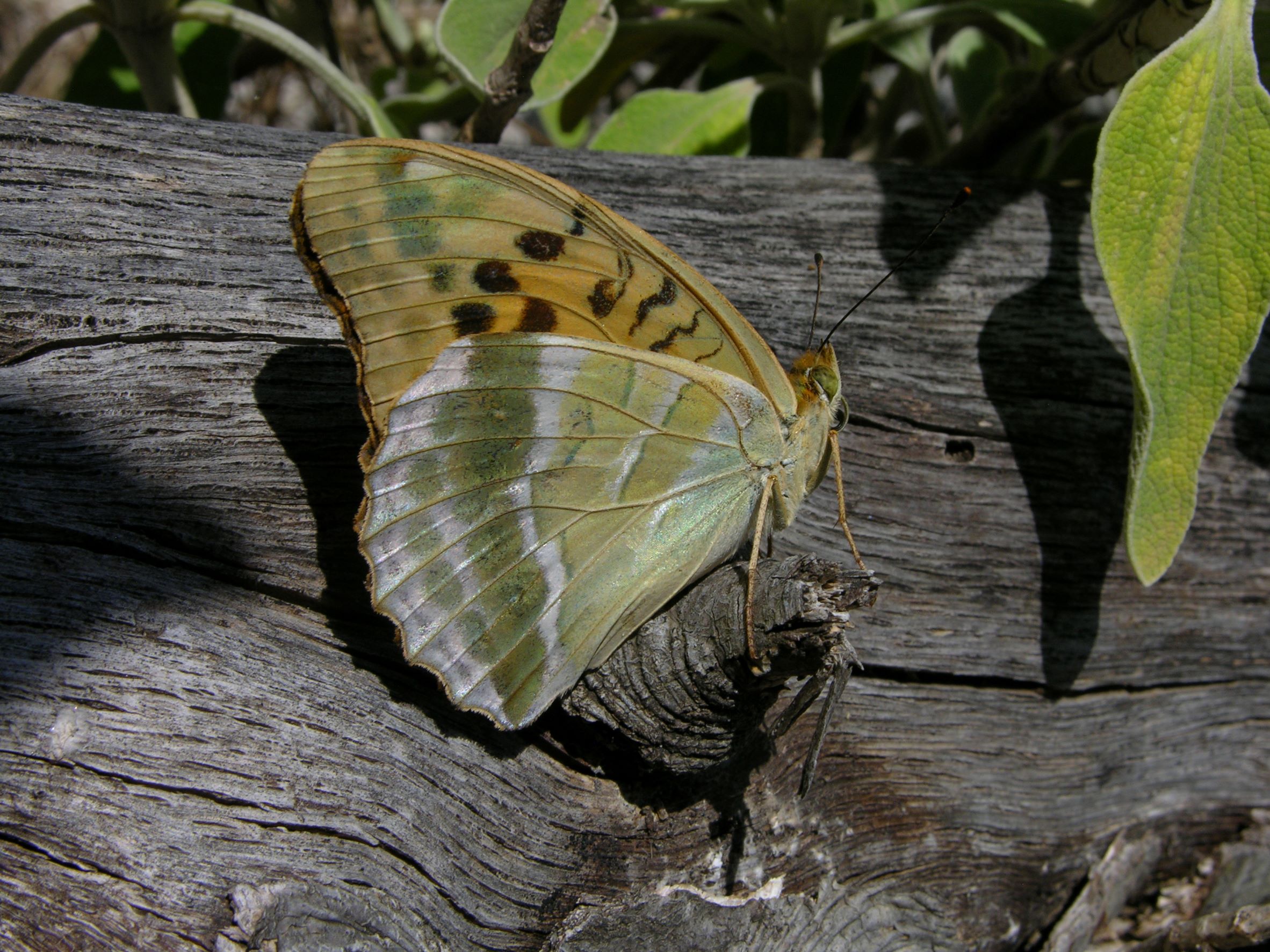 .JPG) 
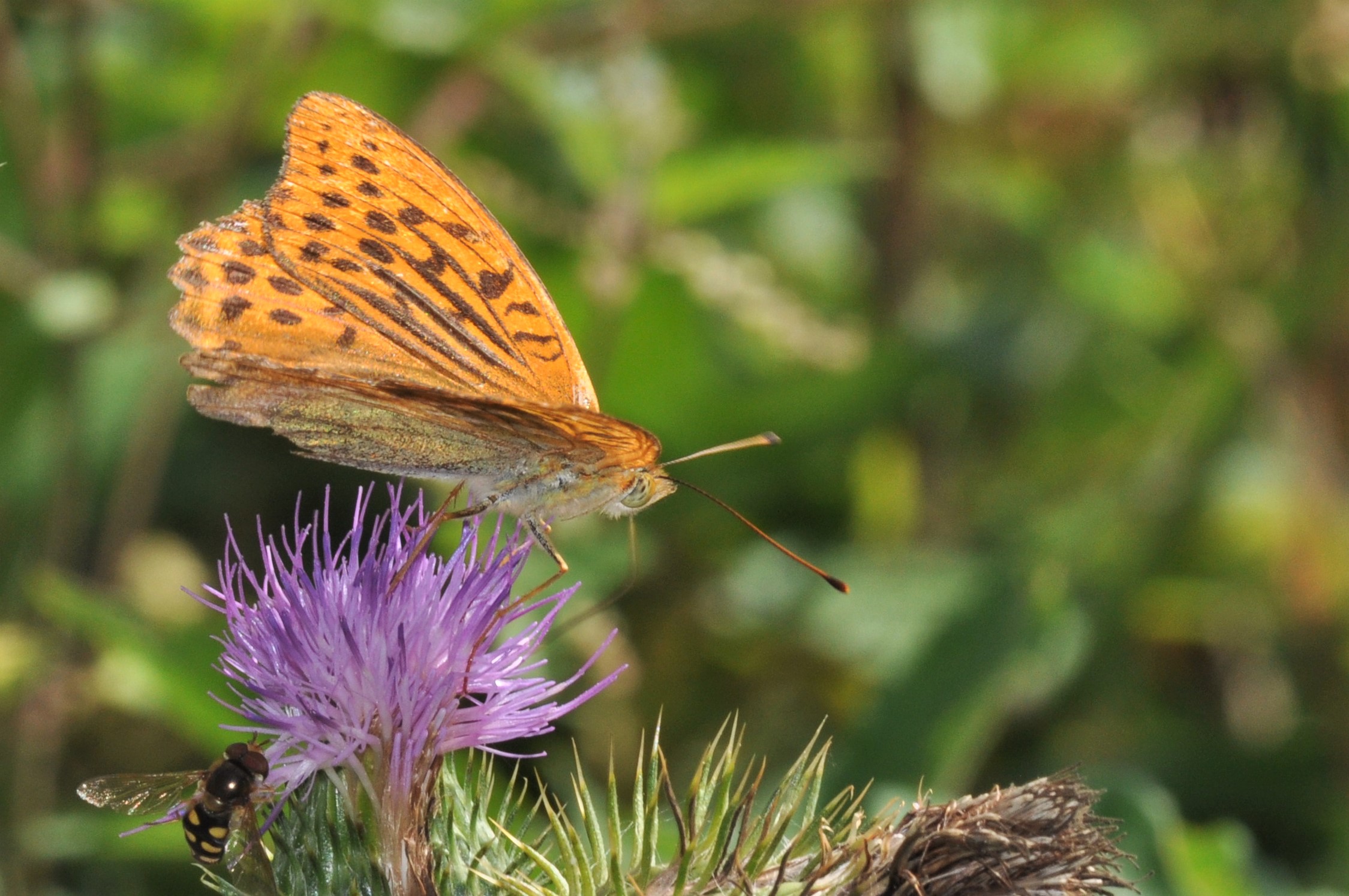 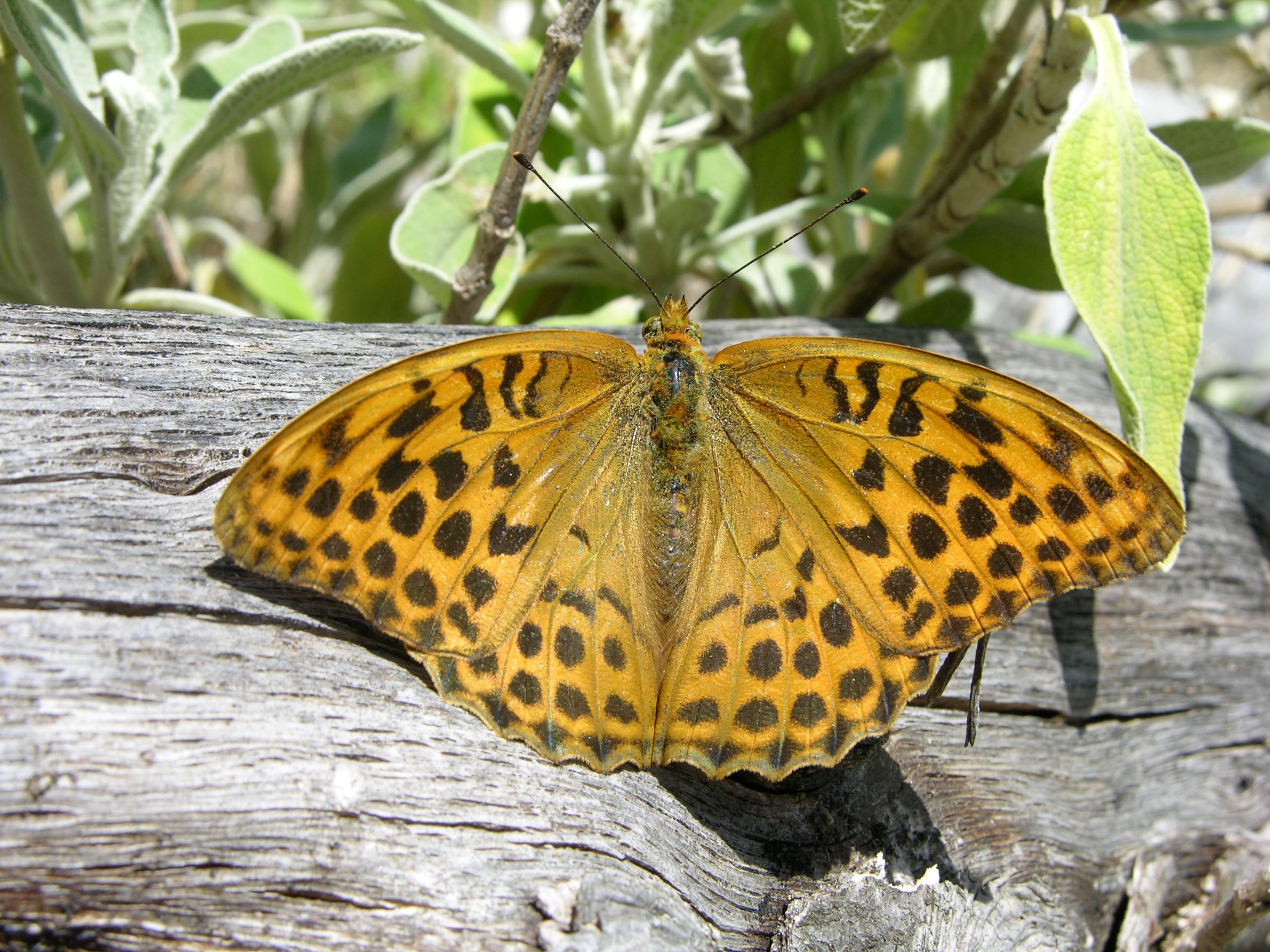
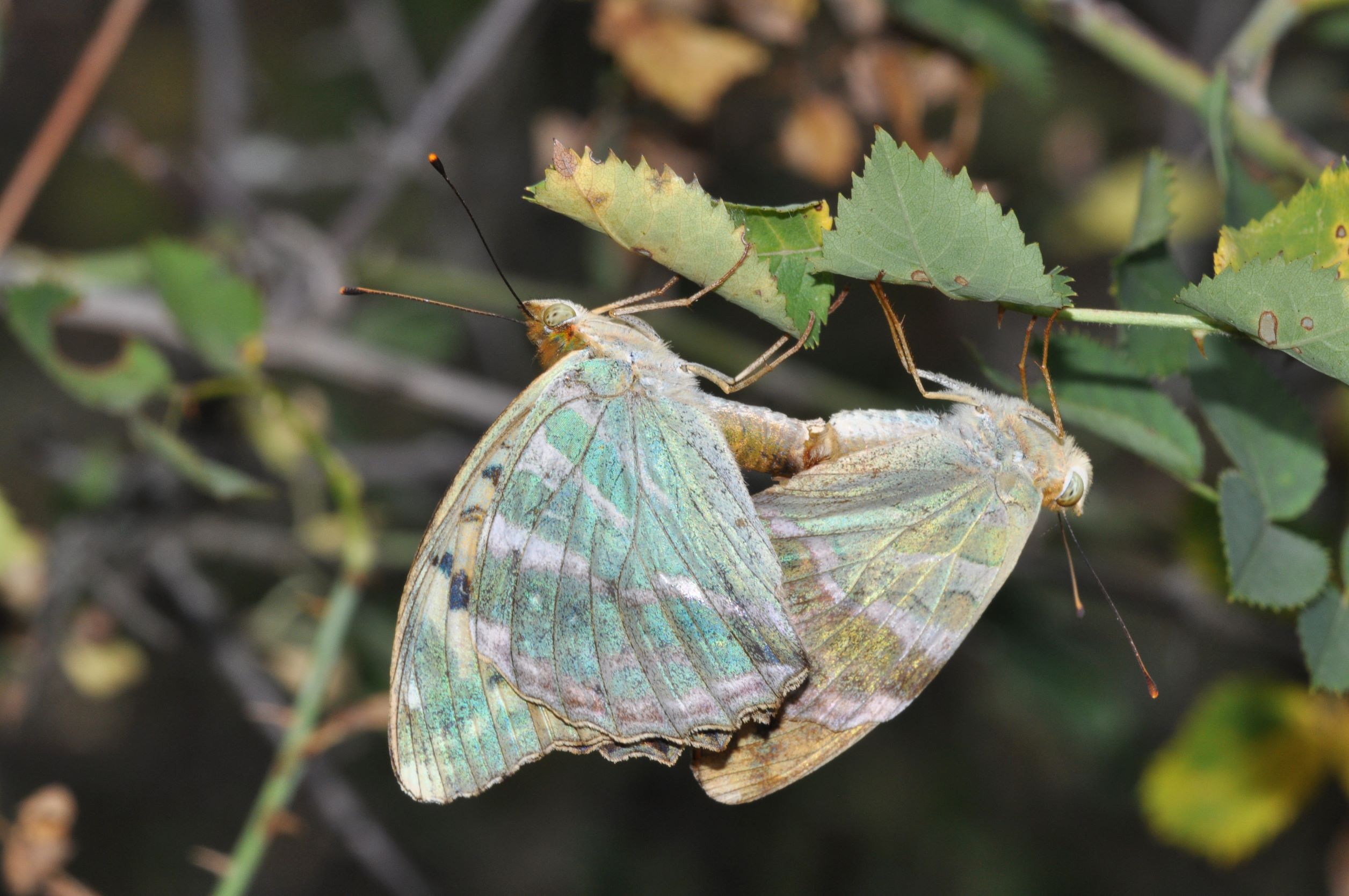 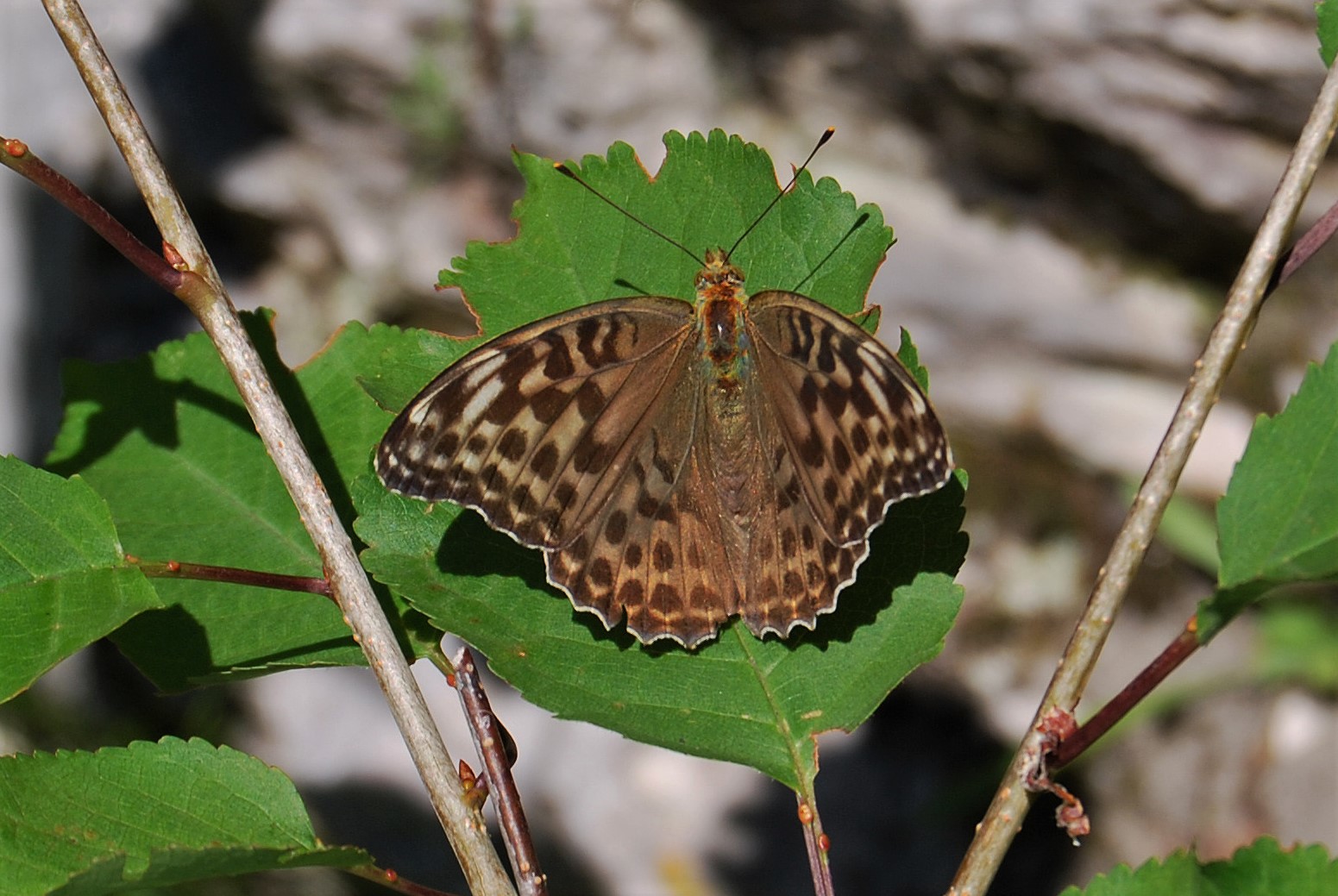
1a. Argynnis paphia, distribution map (09.i.2025).  Historical data ; Historical data ;  Additional data from the 2018 update ; Additional data from the 2018 update ;  New observations since the 2018 update. New observations since the 2018 update.
1b. Argynnis paphia ♀ underside. Palase, Albania (© Lulëzim Shuka)
1c. Argynnis paphia attacked by a crabspider. Syri i Kalter (© Hilde Roosen)
1d. Argynnis paphia ♂ upperside. Mali Allaman (© Lulëzim Shuka)
1e. Argynnis paphia ♂ lateral. Belgium (© Sylvain Cuvelier)
1f. Argynnis paphia ♀ upperside. Palase, Albania (© Lulëzim Shuka)
1g. Argynnis paphia copula. Greece (© Sylvain Cuvelier)
1h. Argynnis paphia ♀ upperside, forma valesina. Italy (© Sylvain Cuvelier)
Description
♂♂
Large butterfly. Fw: 27-35 mm.
Ups: bright fulvous gc.
Upf:
four sex-brands.
Unf: pale fulvous-yellow gc, no pink basal and discal area.
Unh: greenish-grey gc, transverse silver discal and postdiscal stripes.
♀♀
Slightly larger.
Ups: duller fulvous gc or rarer varaible grey with green suffusion (forma valesina)
Uns: more marked transverse silver discal and postdiscal stripes.
Similar species
Life cycle
Adults: single generation from May to September.
Egg: 14-19 days.
Caterpillar: overwintering as young larva in the grooves of the tree bark.
Pupa: 14-25 days.
Habitat
Argynnis paphia inhabits rough meadows with shrubs, open and sunny spaces in deciduous forests from lowland up to 1700 m a.s.l.
Spatial requirement considerable, population density can be high, nomadic.
Foodplants
Caterpillars feed on Viola alba, V. arvensis, V. canina, V. hirta, V. odorata, V. reichenbachiana, V. riviniana and V. tricolor, also mentioned is Filipendula ulmaria.
Butterflies feed on all kind of flowers, often on Rubus sp. and Sambucus ebulus.
Distribution
Albania: widespread.
Balkan: AL - BG - BIH - GR - HR - NMK - MNE - RKS - RO - SLO - SRB
Europe: IB - IT - ALP - BAL - NWE - UK - SCA - EEU
Asia Minor, Near East, Transcaucasia, Caucasus and further east.
Conservation status
Argynnis paphia is not endangered.
Albanian Red List: NE.
IUCN Red List, category at the Mediterranean level: LC.
Useful links
Bink 2015
Pyrgus.de
Lepiforum
Euroleps
|
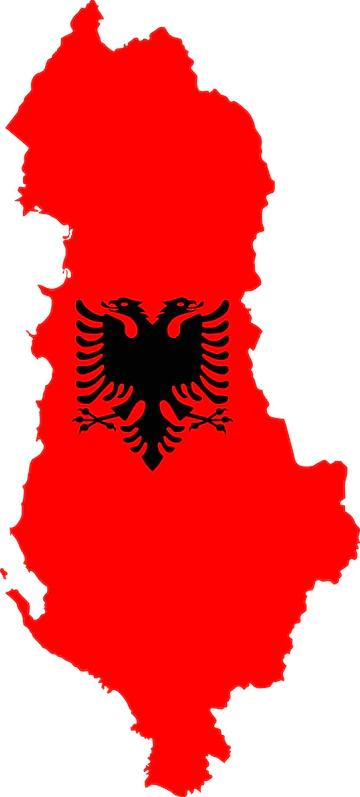 xx
xx 



 Historical data ;
Historical data ;  Additional data from the 2018 update ;
Additional data from the 2018 update ;  New observations since the 2018 update.
New observations since the 2018 update.